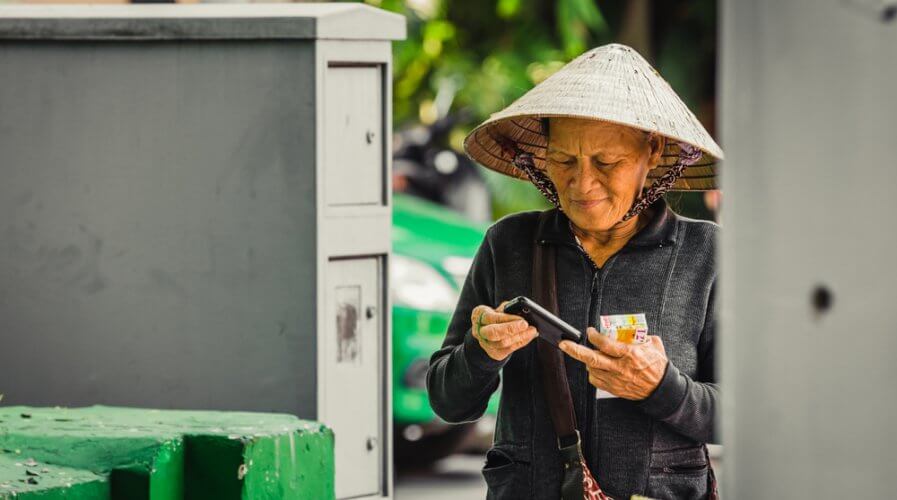
Can Vietnam’s crowded e-wallet market take more players?
Can Vietnam’s crowded e-wallet market take more players?
- For a country with the lowest cashless transaction volumes in the region, Vietnam has a pretty dense e-wallet market
- 39 licenses have been issued, but the top 3 players control close to 90% of the market
Vietnam has recently welcomed its latest intermediary payment service provider, AppotaPay, into the country’s competitive e-wallet sector.
The country’s e-wallet pie is getting bigger, so what would more new entrants mean to the emerging digital payments landscape in a country with a 100-million-strong population, of which 60% are young occupants?
With this latest license, the State Bank of Vietnam has to date granted licenses to a whopping total of 39 service providers, among which are heavyweight names such as MoMo, Moca, ZaloPay, ViettelPay, and VnPay.
Momo is one of the most well-funded firms of its kind in Asia, having raised more than US$133 million since it was founded in 2013. On the other hand, Moca has enjoyed steady popularity after forming a partnership with Grab in 2018. ZaloPay meanwhile is a part of VNG, Vietnam’s only unicorn.
When AppotaPay — a unit of digital content producer Appota Group — announced that it has received a payment intermediary license from the State Bank of Vietnam last week, market experts reckoned it is closer to taking on VNG.
In perspective, Zalo is VNG’s popular free messaging app, has 52 million monthly active users, and is looking to attract its users to ZaloPay. AppotaPay claims to have 55 million users, setting it up as a likely early-stage competitor to ZaloPay.
Attracting users essential as tipping point looms
With the emergence of more e-wallets in Vietnam, companies will be seen competing fiercely to gain many users to help them to turn a profit. The country’s digital payment market is projected to reach US$8.6 billion in 2020, while the total transaction value is expected to grow by 14.1% to US$14.59 billion by 2024.
While most transactions are still conducted via cash, digital payments technology is evolving rapidly, and the government is also promoting a shift towards electronic payment media, in order to become a cashless economy by 2027.
Within the two main urban centers of Vietnam alone, MoMo, Moca, and ZaloPay are the top three most popular e-wallets, which account for more than 90% of the total market share of e-wallet users. Momo, having amassed 20 million users or 21% of Vietnam’s 100 million inhabitants, is the first local firm to be counted among the top 100 fintech companies in the world since its launch in 2012.
But international consultancy Oliver Wyman believes not all of the e-wallet players in Vietnam will survive. “Already, the region’s crowded mobile payments sector is starting to shrink, with each national market expected to support only two mass e-wallets,” it said.
On the bright side, the State Bank of Vietnam’s data shows that about 15 million people used Internet banking and mobile banking services in Vietnam per month during the pandemic months, indicating healthy cashless adoption. The country has a daily average of around 30 million online transactions.
READ MORE
- Strategies for Democratizing GenAI
- The criticality of endpoint management in cybersecurity and operations
- Ethical AI: The renewed importance of safeguarding data and customer privacy in Generative AI applications
- How Japan balances AI-driven opportunities with cybersecurity needs
- Deploying SASE: Benchmarking your approach
